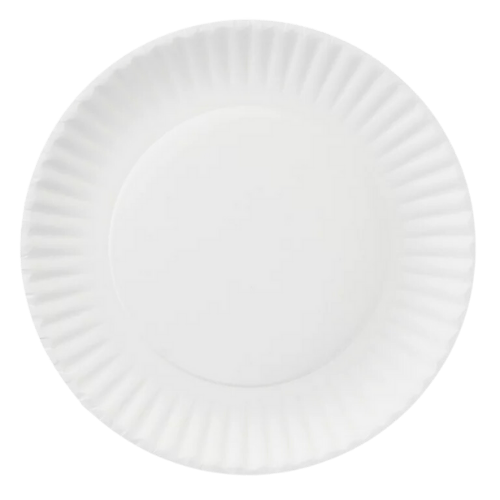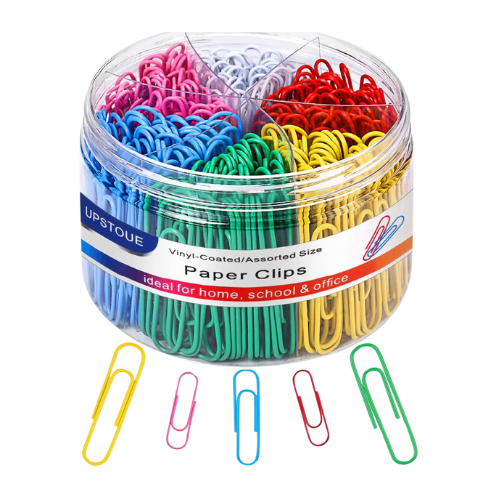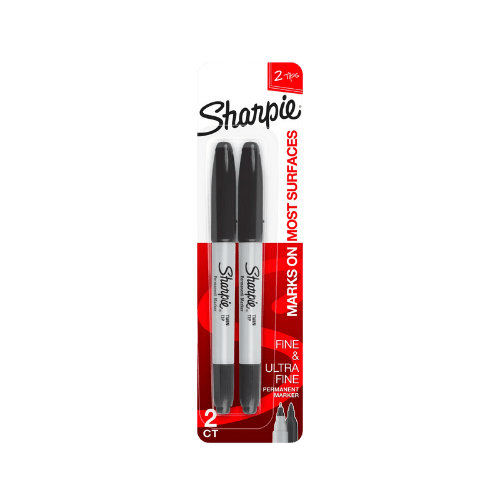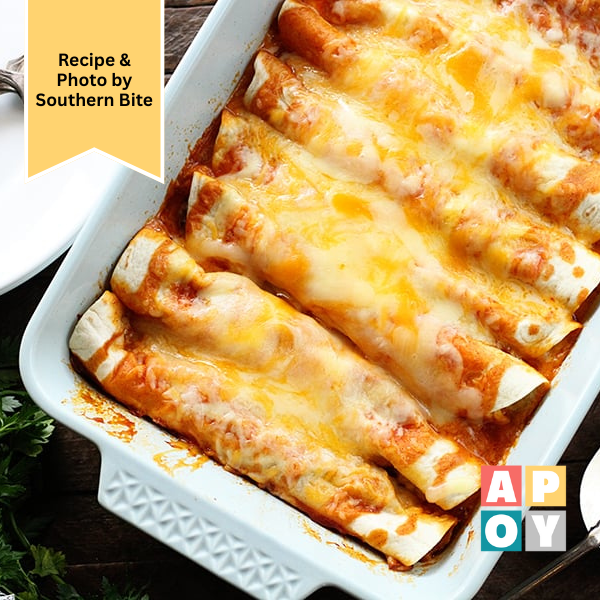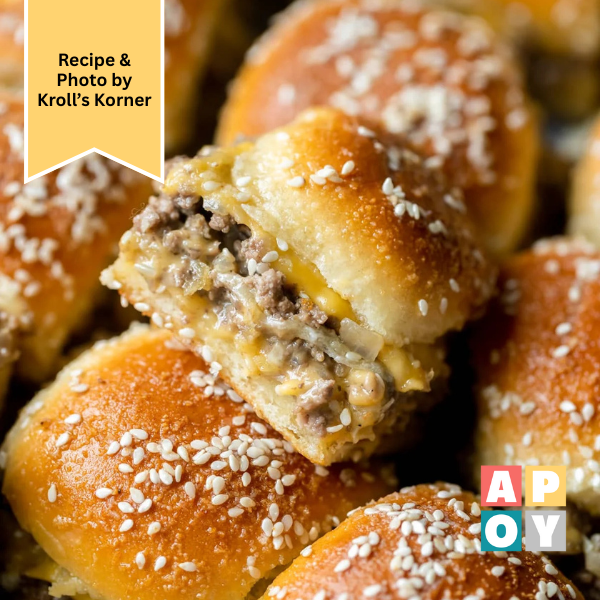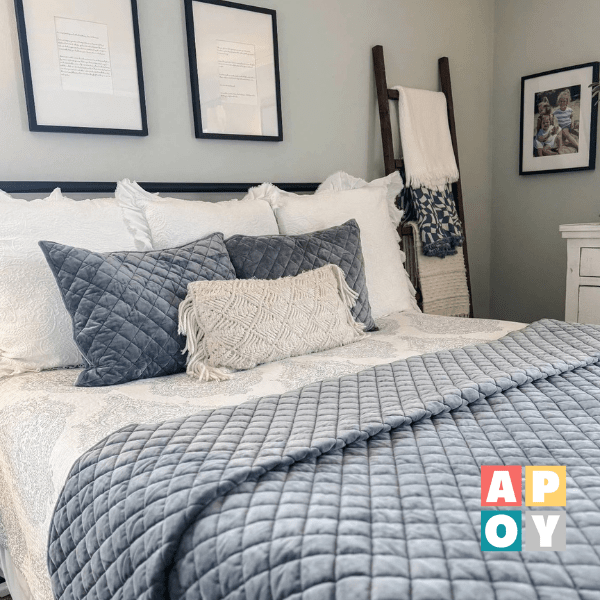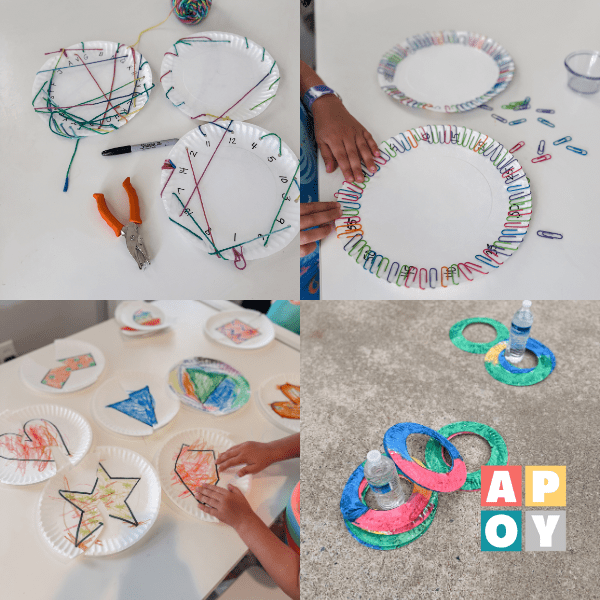Paper Plate Skip Counting: A Simple, Hands-On Way to Build Early Math Skills at Home
Paper plate skip counting turns an everyday item into a fun learning activity that teaches number patterns, skip counting, and fine motor skills—all with just plates and paper clips.
This blog post may contain affiliate links. When you make a purchase through these links, I may earn a small commission, at no additional cost to you. I only recommend products that I genuinely believe can benefit you and your family! Your support helps maintain and improve all things A Pop of You. Thanks so much!
You won’t believe how easy this one is!
Let’s talk about math with toddlers. Or more specifically—how to sneak it in without turning your kitchen table into a sad-looking classroom and yourself into a less glamorous Miss Frizzle.
If your child is showing interest in numbers, this paper plate skip counting activity is one of those beautiful sweet spots in early learning: simple setup, solid skill-building, and you guessed it—made with random household objects.
It’s part of my Random Household Objects series because I’m all about helping you work smarter, not harder. No prep packets, no flashing screens, and definitely no glue sticks drying out on the counter. Just a paper plate activity that feels like play but teaches a whole lot.
Why Skip Counting Matters (Even if They’re Still in Pull-Ups)
We tend to think of skip counting as something kids learn in first grade—but introducing it earlier can build some sneaky-strong number pattern muscles. It’s the foundation for:
- Multiplication
- Counting coins
- Telling time
- Estimating groups
- Mental math (without pulling out fingers every time)
And when you turn it into a learning activity they can hold, move, and clip—well, that’s when it sticks.
So if you’re already counting grapes at snack time and steps to the mailbox, you’re halfway there. This kids learning activity just brings it into a fun, hands-on, at-home format.
What You’ll Need
You probably already have all of this in your junk drawer. That makes it a win in my book.
- Paper plates (one per counting pattern)
- Permanent marker
- Paper clips (colored ones if you want to get fancy)
Optional: A toddler who thinks paper clips are the world’s greatest treasure.
How to Set Up The Activity
There’s no prep folder required. Just a marker, a plate, and your best nap-time energy.
Step 1. Choose your counting pattern: Start simple. Skip counting by 5s or 10s is great for beginners. Want a challenge? Go for 3s, 4s, or even 7s.
Step 2. Write the numbers around the edge: Use your permanent marker to write the skip counting sequence around the rim of the paper plate—like a clock face. For example:
- For 5s: 5, 10, 15, 20, 25, 30…
- For 10s: 10, 20, 30, 40, 50, 60…
Try to space the numbers evenly to keep things visually tidy and easier to follow.
Step 3. Add the paper clips: Now hand over the paper clips. As your child says the numbers aloud, they’ll clip one between each pair. This adds a layer of fine motor activity while reinforcing the number sequence visually and kinesthetically.
Step 4. Keep the rhythm going: Encourage them to go around the plate while skip counting out loud. Repetition = retention, and the movement makes it feel like a game.
What They’re Learning (While Just Playing With a Plate)
There’s so much happening in this little activity at home. It’s math without the mathy vibes.
- Skip Counting + Number Patterns: This activity helps kids see and feel the rhythm of numbers. They’re learning how to count in groups—an essential skill for multiplication, division, and grouping down the line.
- Number Recognition: Seeing and saying the numbers builds familiarity. And as they match the numbers with their voice and their hands? You’re laying the groundwork for early math concepts.
- Fine Motor Skills: Clipping on paper clips might seem small, but it’s a great fine motor activity—building hand strength, control, and coordination.
- Focus + Independence: Even toddlers who don’t love sitting still can usually get into the rhythm of this activity. It gives them something to touch, say, and repeat—all great for early learners.
Easy Ways to Switch It Up (AKA: Keep It Fresh)
We know toddlers have the attention span of goldfish, so here’s how to stretch this kids activity across more than one morning.
- Try New Counting Patterns: Start with 5s and 10s. Then throw in 2s, 3s, or 4s as your child gains confidence. You could even make one paper plate for each pattern and rotate through them.
- Use Colored Paper Clips to Make Patterns: Introduce simple AB or ABC patterns using different colored paper clips—like red, blue, red, blue. Now you’re adding pattern recognition into the mix.
- Go Big with Movement: Lay out paper plates on the floor in a line, hopscotch style, each with a number from a skip counting sequence. Have your toddler jump from plate to plate while counting out loud. Now it’s a gross motor and counting activity combined.
- Make It a Matching Game: Create two plates with the same sequence but scramble the numbers on one. Challenge your child to clip matching numbers across both plates—or clip the correct number onto its partner on a blank plate.
Real-Life Hacks for Real-Life Parents
You don’t need to treat this like a curriculum unit. Just add it into your regular rhythm:
- Use it while you prep lunch.
- Pull it out as a reset during witching hour.
- Keep a few plates clipped together in your car bag for waiting rooms or quiet time in the stroller.
And if your toddler just wants to clip paper clips to their sock instead? That’s fine too. Still fine motor. Still learning. Still winning.
Looking for more activities using paper plates?
You’re in the right place. This Random Household Objects series is packed with easy, low-prep toddler play ideas that work—especially on those long afternoons when time seems to stand still and everyone needs a little something to do. Here are six simple and powerful paper plate activities to try:
- Paper Plate Ring Toss: Toss painted paper plate rings onto a water bottle target for a gross motor game that boosts coordination, turn-taking, and estimation skills.
- Paper Plate Puzzles: Cut a decorated paper plate into pieces to create an easy puzzle that encourages visual discrimination, problem-solving, and spatial thinking.
- Paper Plate Lacing: Punch holes around a plate and let toddlers lace yarn through for a calming activity that strengthens fine motor skills and hand-eye coordination.
- Paper Plate Memory: Draw pairs of matching images on plates for a classic flip-and-find game that builds memory, concentration, and social turn-taking skills.
- Paper Plate Pizza Counting: Create a cheesy counting game by matching pepperoni dots to numbered slices. A hands-on way to practice one-to-one correspondence and number recognition.
Because simple really can be powerful—and a humble stack of paper plates might just save your day.
Why Paper Plate Skip Counting Belongs in Your Rotation
Because it’s simple at-home learning at its best.
This activity blends hands-on play with real learning. It gives your child the chance to physically engage with numbers in a way that sticks. No stress. No expensive manipulatives. Just one of those activities using paper plates that actually holds their attention.
And maybe even long enough for you to drink your coffee while it’s still hot.So next time your child lines up raisins and starts counting them in weird intervals? Roll with it. That’s early math at work. That’s toddler play with purpose. And that’s exactly what this activity supports—using the everyday (a plate, a marker, and some paper clips) to build something way bigger.



Hey, I’m Katelyn, the “Achievably Extra” Mom! Join me for creative family fun and practical tips! Let’s inspire each other!





